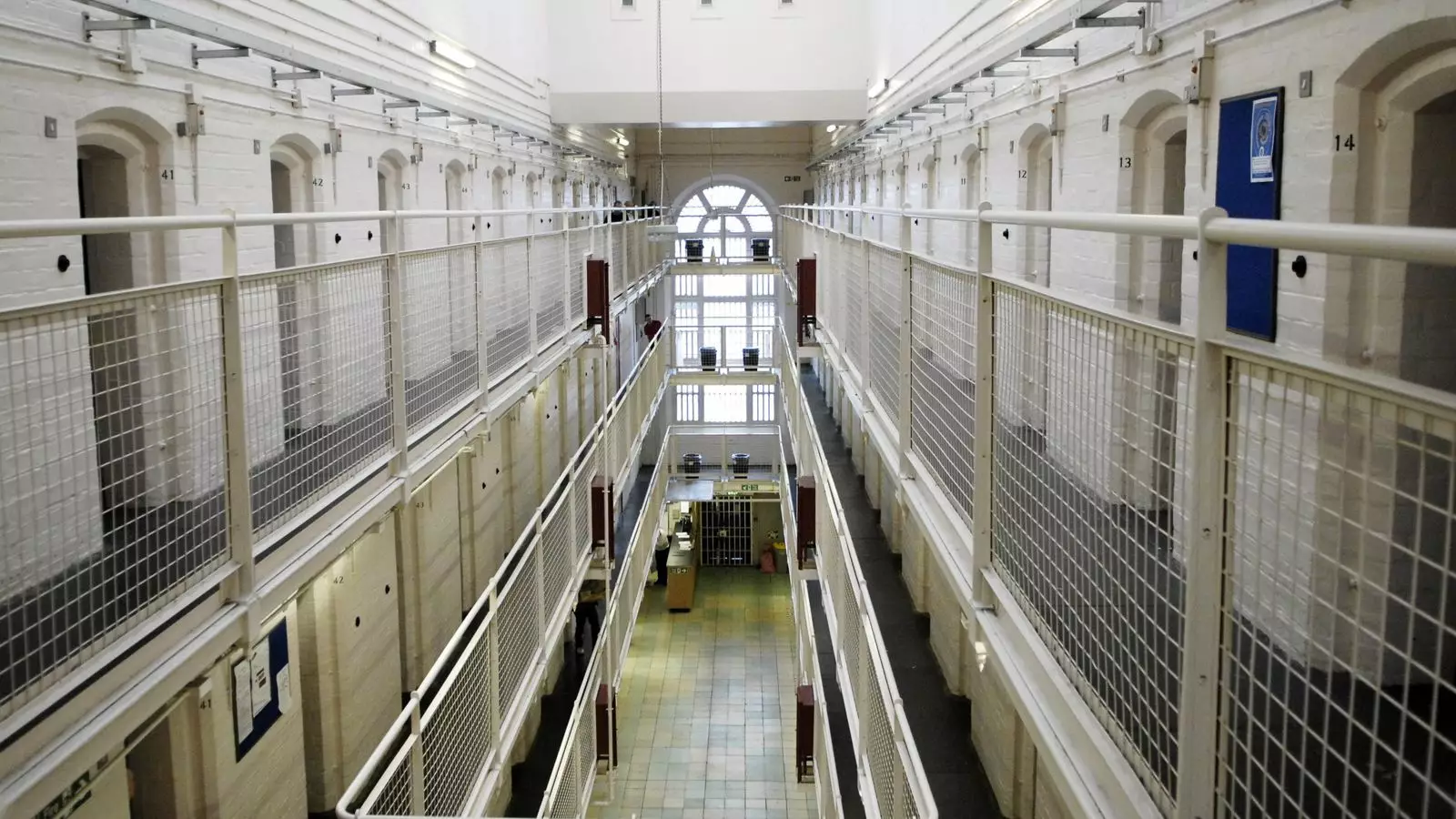In recent years, a trend has emerged in political rhetoric across various nations advocating for a “tough on crime” stance. This approach, seemingly a call for public safety, has resulted in distorted priorities and policies that have flooded prisons and overwhelmed the criminal justice system. A new report, conducted by the Independent Sentencing Review, illuminates the disastrous implications of these tough-on-crime policies, revealing far-reaching consequences that have burdened not just the prison population but society as a whole.
The Independent Sentencing Review highlights that, contrary to claims of increasing safety, the push for longer and more punitive sentences has dramatically escalated the prison population in England and Wales. This surge comes despite a notable decline in crime rates since the mid-1990s. At a glance, the figures are alarming; as per the report, the rate of incarceration in these regions is among the highest in Western Europe. One of the main culprits identified is the recall of offenders on license, which has skyrocketed from fewer than 100 in 1993 to almost 13,000 by the end of 2024. Such policies appear counterproductive and suggest a knee-jerk reaction from successive governments, manifested through a lack of strategic foresight.
Former Lord Chancellor and Justice Secretary David Gauke, who chairs this review, encapsulated the frustration of many stakeholders when he remarked on the haphazard nature of policymaking over the last few decades. He underscored the disconnect between the political aspirations of soundbites and the reality facing prisons and rehabilitation outcomes. The prevailing tendency has been to increase sentencing for individual offenses without considering the systemic effects. This short-sightedness not only jeopardizes the prospects of rehabilitation and reintegration but also does little to serve the interests of victims seeking justice.
The conditions within prisons have become increasingly dire as overcrowding has overwhelmed the system. The crisis has resulted in insufficient resources being allocated to crucial areas like reoffending prevention and inmate safety. Instead, funds have been diverted to emergency measures aimed at alleviating the immediate pressures of an overcrowded system. The knock-on effect is not just restricted to those behind bars; probation services are similarly stretched thin, reflecting a system that has undergone chronic underinvestment and neglect.
One of the report’s most significant takeaways is the pressing need for a thorough reassessment of who should be incarcerated and for what duration. Gauke emphasized the importance of engaging in a “honest conversation” about the goals of the criminal justice system. While punishment remains a central objective, it should not overshadow the necessity of rehabilitation, restoration, and public safety. The Independent Sentencing Review advocates for more innovative alternatives to prison, recognizing that there are multiple forms of punishment that may serve society more effectively without contributing to the escalating prison population.
Organizations like the Howard League for Penal Reform view this review as validation of their long-standing arguments concerning the inadequacies within the current system. Their campaign director, Andrew Neilson, pointed out that today’s overcrowded and often violent prisons serve as breeding grounds for further criminal behavior. The importance of reforming probation services and ensuring that community-based programs receive adequate funding cannot be overstated. With the current trajectory, the system is not only unsustainable, but it also fails to uphold the principles of justice that it was meant to secure.
The findings of the Independent Sentencing Review paint a stark picture of a criminal justice system in crisis, riddled with outdated policies and insufficient infrastructure. The time has come for policymakers to reevaluate their approach to crime and punishment, recognizing that a sustainable solution requires more than just tougher sentences. It necessitates an honest commitment to reform that addresses the root causes of criminal behavior while prioritizing rehabilitation and community safety. Ultimately, the path forward holds the potential for progress, but only if stakeholders are willing to engage in a comprehensive and rational dialogue on how best to achieve justice for all.

